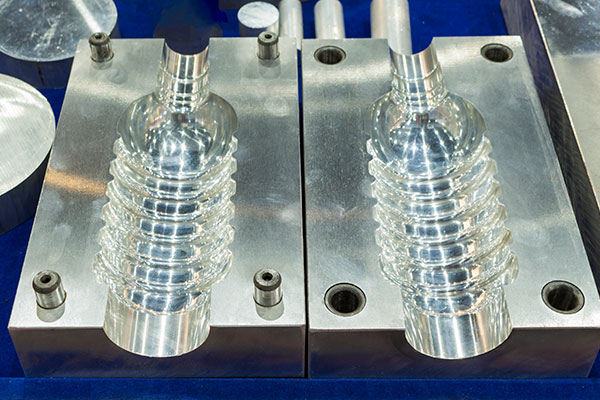Turning a great idea into a successful product is no small feat. From the initial sketches on paper to seeing your creation on store shelves, the journey can feel like a marathon. But one crucial step can significantly streamline this process:injection molding. Often overlooked as just a manufacturing technique, injection molding is actually a game-changer, bridging the gap between a concept and a cost-effective, high-quality product.
This article explores how injection molds transform the manufacturing process and why they’re essential for efficiency at every stage, from prototype to production.
The Power of Prototyping with Injection Molds
Imagine you’ve come up with a groundbreaking design—a sleek gadget, a handy kitchen tool, or an intricate automotive part. Before you scale production, you need a prototype that’s as close to the final product as possible. This is where injection molding truly shines.

-Accuracy Matters: Unlike 3D printing or manual crafting, injection molding prototypes use the same materials and techniques intended for final production. This ensures your prototype behaves exactly as it will in the real world.
-Iterative Refinements: Small adjustments to the mold can be made quickly, allowing you to tweak and test your design without starting from scratch. Want thinner walls or a smoother surface finish? No problem.
-Cost Efficiency: While molds are an investment, they save you money in the long run by avoiding errors and minimizing waste during full-scale production.
By investing in an injection-molded prototype, you’re not just creating a sample—you’re laying the foundation for a seamless production process.
Scaling Up: How Injection Molds Drive Mass Production
Once your prototype is perfected, injection molding takes center stage for production. The efficiency of this method is unmatched, especially for high-volume manufacturing.
1.Speed Meets Precision
– A single mold can produce thousands—or even millions—of identical parts with consistent quality. With cycle times measured in seconds, injection molding maximizes output while minimizing labor costs.
2.Material Versatility
– From flexible thermoplastics to high-strength resins, injection molding accommodates a wide range of materials tailored to your product’s needs. Need heat resistance for an automotive part? Or transparency for packaging? There’s a material for that.
3.Complex Designs, Simplified
– Modern injection molding machines and techniques can handle intricate details, undercuts, and textures with ease. This eliminates the need for additional machining or assembly steps, further speeding up production.
4.Durable Molds, Long Lifespan
– High-quality molds, often made from hardened steel or aluminum, can endure extensive use. This makes them a
cost-effective solution for long production runs.
Reducing Waste and Increasing Sustainability
One of the biggest advantages of injection molding is its potential for sustainability—a key consideration for modern manufacturers.
-Minimal Material Waste: Injection molding optimizes material usage, with little to no excess. Any leftover material can often be recycled for future runs.
-Energy Efficiency: The process is highly automated, consuming less energy compared to older manufacturing techniques.
-Recyclable Materials: Many thermoplastics used in injection molding can be recycled, reducing environmental impact.
This makes injection molding not just a choice for efficiency but also for eco-conscious production.

When Challenges Arise
Of course, injection molding isn’t without its challenges. Initial mold design requires a skilled team to ensure perfect functionality and precision. The upfront cost of creating molds can be a hurdle for small-scale projects. However, these challenges pale in comparison to the long-term benefits of reduced production costs and faster time to market.
The Future of Injection Molding: Innovation and Beyond
Injection molding continues to evolve, incorporating cutting-edge technologies like:
-3D-Printed Molds: Ideal for prototyping, these molds reduce lead times and costs.
-Smart Manufacturing: Sensors and IoT-enabled machines monitor every detail, ensuring optimal performance.
-Sustainable Materials: Biodegradable plastics and bio-based resins are gaining traction, meeting the demand for greener manufacturing.
These innovations are making injection molding even more accessible and versatile, pushing the boundaries of what’s possible.
Efficiency at Every Stage
Injection molding isn’t just a manufacturing method—it’s a strategy. From perfecting your prototype to delivering thousands of finished products, it’s the cornerstone of efficient, scalable production.
For entrepreneurs, designers, and engineers alike, understanding the power of injection molds is key to turning ideas into reality. Whether you’re launching a new product or refining an existing one, injection molding ensures your journey from prototype to production is as smooth, fast, and cost-effective as possible.
Your product deserves nothing less.

